Shiny, lustrous, rusty or painted, metals can be used both structurally and decoratively in your garden. Here are some ideas on how to use and care for steel, aluminium, zinc and copper.
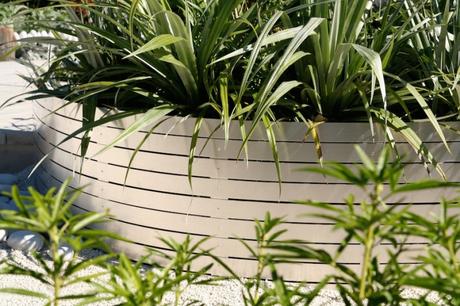
Aluminium slat raised garden bed
1. Metal mix
When two different metals touch and there is a liquid like water present, a slight current flows between the metals. Some, such as zinc, aluminum and carbon steel are ‘active’, becoming easily corroded when in contact with ‘noble’, or passive metals like titanium, nickel and copper. This hierarchy, called the Galvanic Series, means you must match any fastening screws and bolts with the main metal, avoiding combinations like aluminum rivets in steel, or water running off copper onto zinc-coated steel. Galvanised steel fastenings can corrode quickly in stainless steel.
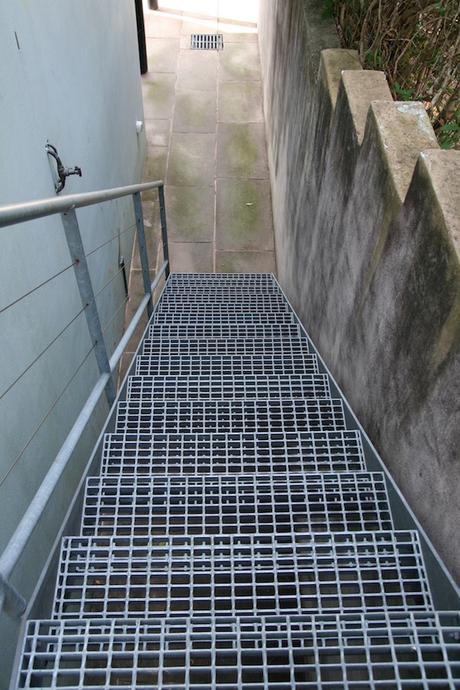
Galvanised steel metal decking steps
2. Rust to trust

Cor-ten rusting steel Design Cycas Design
Weathering steel, often called cor-ten steel, is a steel alloy which develops a very attractive, rusty patina on its surface, but will not rust away like mild steel. Popular in sculpture and screens, it can also be used structurally, although it is more vulnerable in salt-laden winds or if water can collect in pockets. Rusty water runoff can stain surrounding paving.
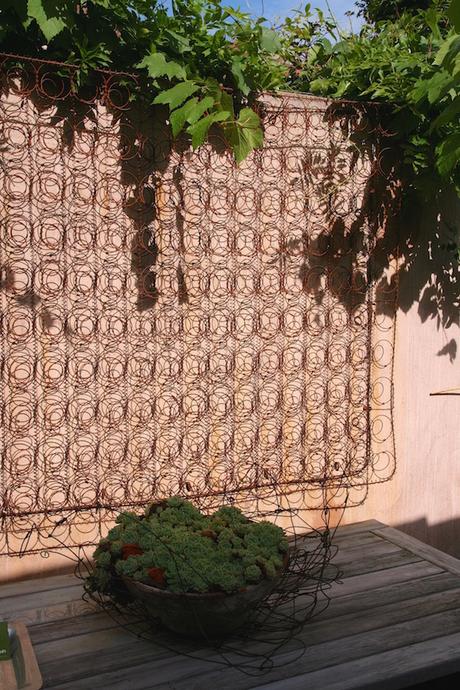
Mild steel rusting bed spring sculpture Design Andrew Plymin
3. Think zinc
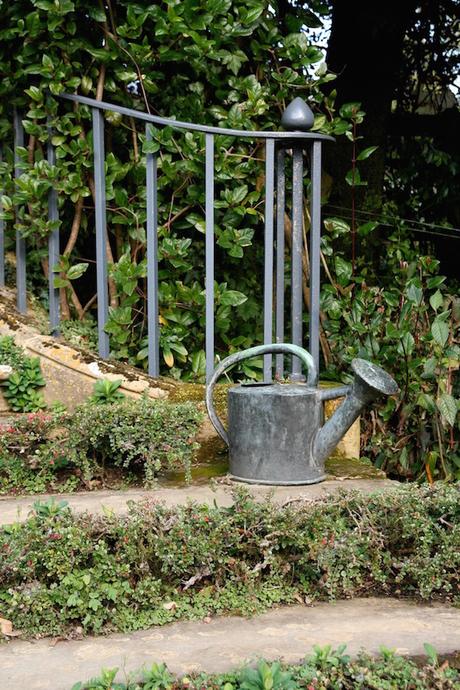
4. Recycled art
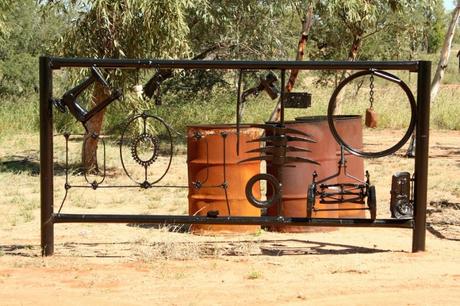
Reused found objects sculpture. Design Penny Button
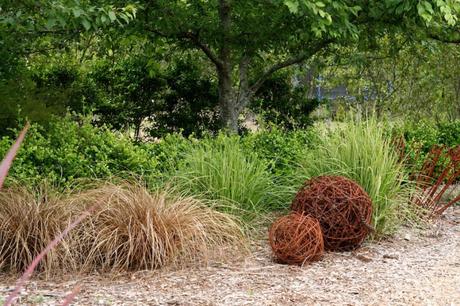
Rolled wire balls. Arthur Lathouris
You can use found metal objects to make your own fascinating garden sculptures, screens and quirky pots. Barbed wire rolled into balls, dangling windchimes of cutlery or a rusty old piece of farm machinery propped up against a tree bring appealing sculptural shapes and a rusty patina into a garden. Unwanted steel reinforcing mesh can be painted and used as a garden screen or trellis. Fill old teapots and saucepans with a mix of colourful succulents.
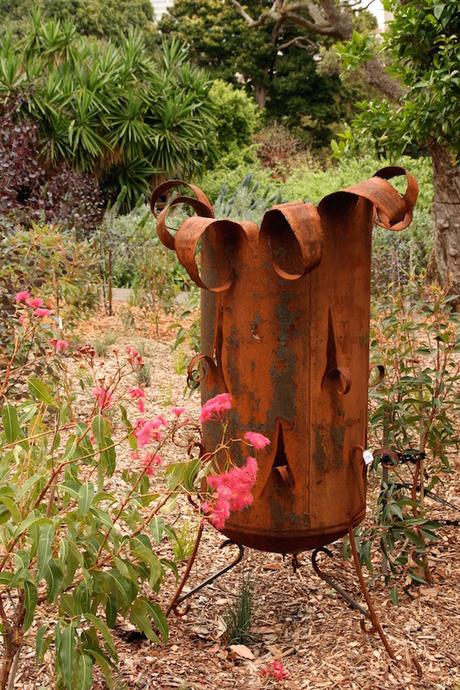
Steel brazier from hot water tank by Ian Tamme
5. Blacksmithing festivals
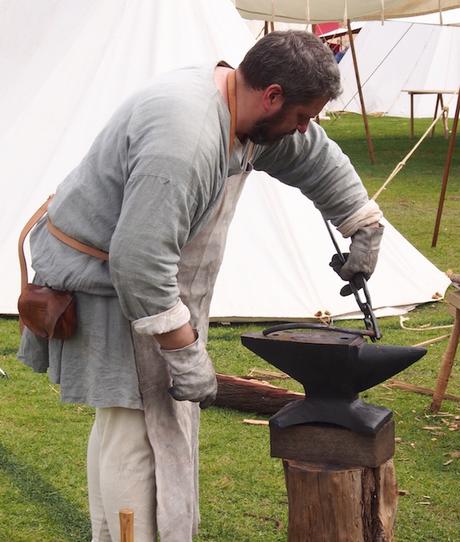
6. Beat the heat
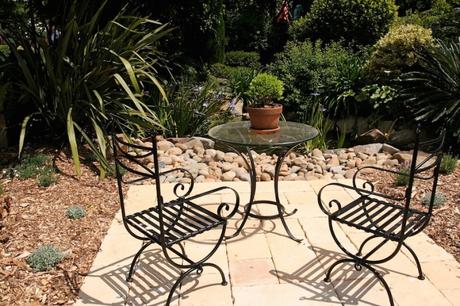
Dark steel furniture
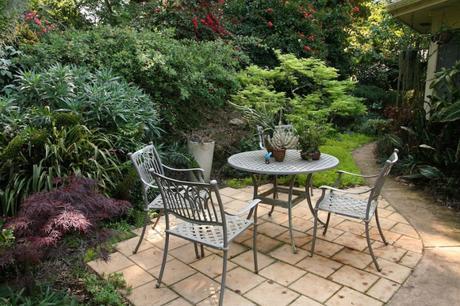
Aluminium garden furniture
Although metal furniture is long lasting, its ability to absorb or reflect heat can be a disadvantage. In summer, dark coloured steel can heat up to burning temperature, so make sure the furniture is well-shaded, including chair arms. Lightweight and highly reflective aluminum or polished stainless steel doesn’t heat up but, in the colder months, sitting on these seats can chill you to the bone, so provide thick cushions.
7. Good grades
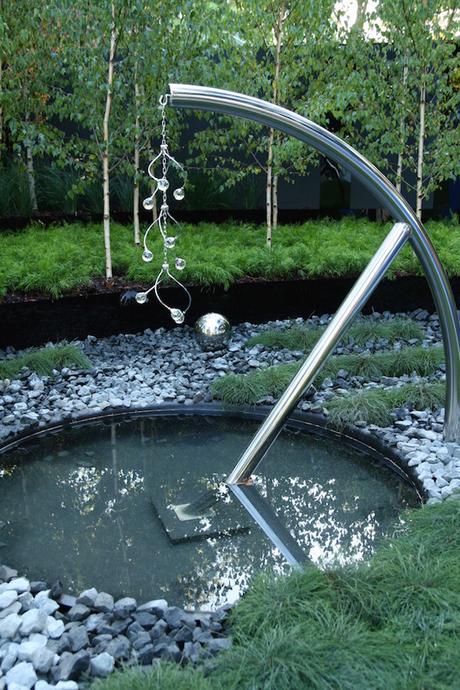
Stainless steel water feature
Stainless steel comes in different grades of corrosion resistance. 304 grade with chromium and nickel is generally suitable for outdoor uses, while 316 grade with higher carbon, nickel and added molybdenum resists corrosion in maritime environments. Surface finishes include mill, brush and mirror. When working with stainless steel, use a sharp drill on a low speed and plenty of lubricant, and cut with a thin disk on your angle grinder, as heat build-up from a thicker disk hardens the steel.
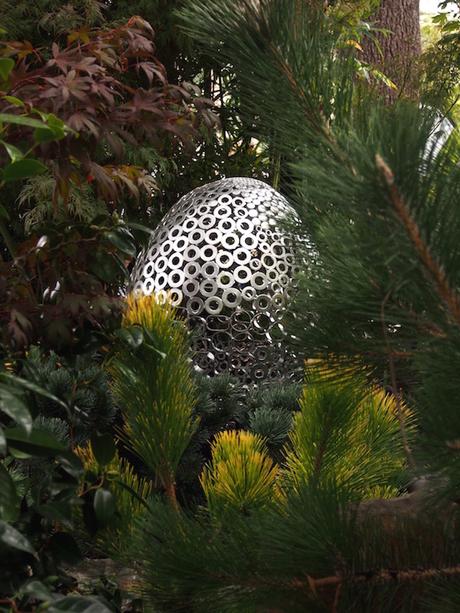
Reflective stainless steel glows in a dark garden
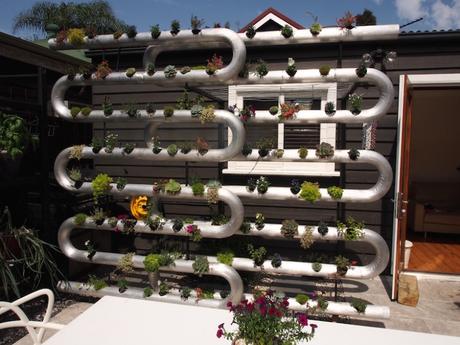
Tubular steel planted garden screen design Brendan Moar
8. Dream screens
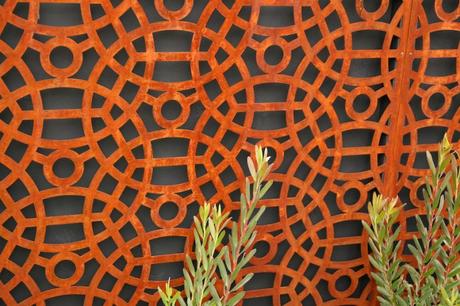
Cor-ten steel screen by Lump Studios
Metal screens are an easy way to separate your garden into different rooms, or create a private nook while still maintaining a good airflow. Mounted in front of a coloured wall and back lit at night, they also make a dramatic statement. Regular geometric, or more elaborate decorative patterns or even one-off designs and pictures are laser cut into a range of metals, including weathering (cor-ten) steel, stainless steel, copper, aluminum and brass.
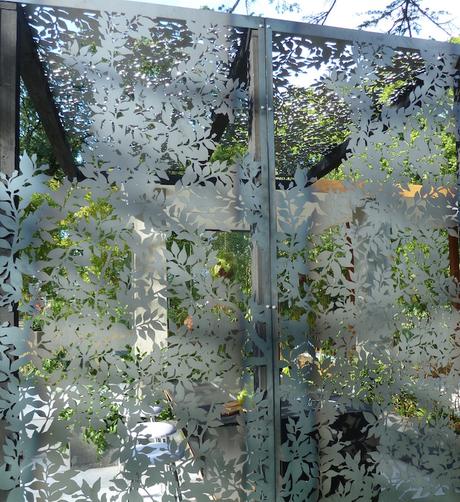
Privacy behind a metal laser-cut screen Design Hunter Black
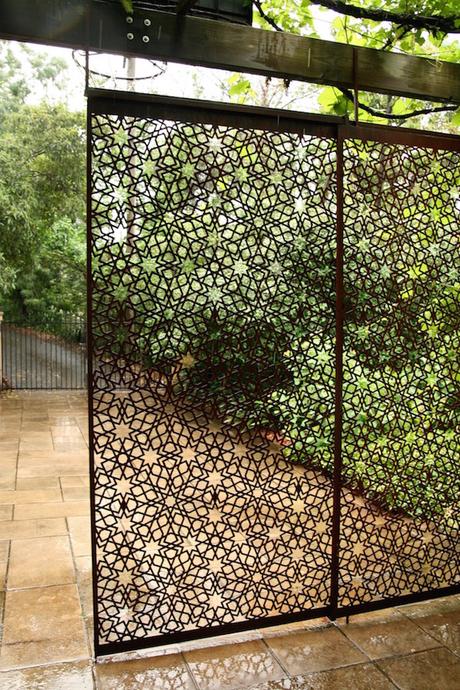
Moroccan-inspired garden screen. Design Rick Eckersley
9. Fine line
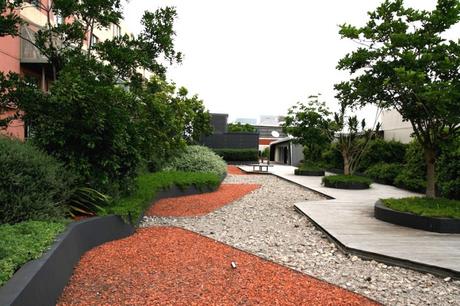
Using metal edging to sculpt gravel areas in a roof garden. Design Daniel Bafsky
Continuous metal edging gives a crisp line in a garden, and its narrow width means you’re not losing valuable planting space. Made from aluminium, weathering steel or galvanised steel, it’s very flexible for tight or sinuous curves, or it can be pegged straight for a formal, geometric look. Good quality edging has a rolled top for extra strength and safety and some join with an easy clip-together system. Depths of 75mm (3 inches) to 150mm (6 inches) mean it can be used to make slightly raised beds, or just to hold in mulch.

Metal garden edging and laser-cut panels Design Paal Grant
10. Rust conversion
You can save rusty steel garden furniture or artwork from further damage. Rust converters work by using tannic or phosphoric acid (the tannic acid often works better) to change iron oxide (rust) to a more stable blackish compound, which can then be painted over. Although useful on decorative items, it cannot be used for salvaging structural steel, which must have the rust mechanically removed for proper priming.


